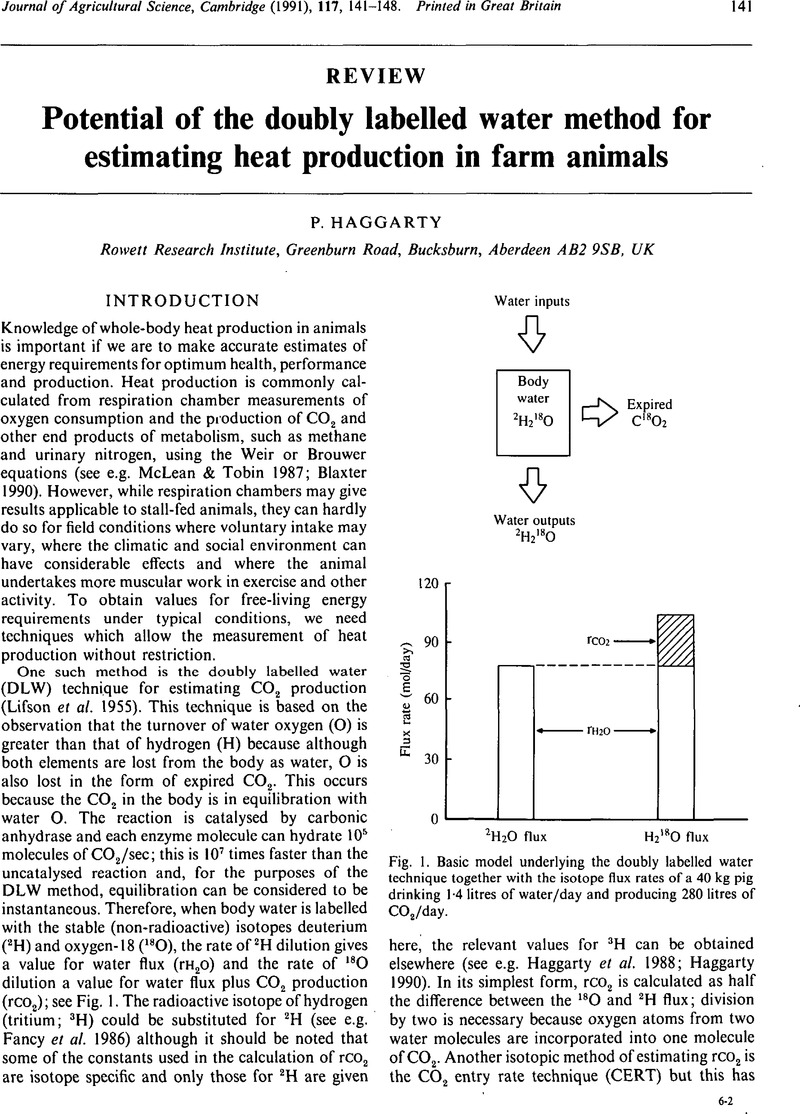Crossref Citations
This article has been cited by the following publications. This list is generated based on data provided by Crossref.
1992.
Abstracts of Communications.
Proceedings of the Nutrition Society,
Vol. 51,
Issue. 1,
p.
1A.
Junghans, P.
Derno, M.
Gehre, M.
Höfling, R.
Kowski, P.
Strauch, G.
Jentsch, W.
Voigt, J.
and
Hennig, U.
1997.
Calorimetric validation of13C bicarbonate and doubly labeled water method for determining the energy expenditure in goats.
Zeitschrift für Ernährungswissenschaft,
Vol. 36,
Issue. 4,
p.
268.
Haggarty, P.
Robinson, J. J.
Ashton, J.
Milne, E.
Adam, C. L.
Kyle, C. E.
Christie, S. L.
and
Midwood, A. J.
1998.
Estimation of energy expenditure in free-living red deer (Cervus elaphus) with the doubly-labelled water method.
British Journal of Nutrition,
Vol. 80,
Issue. 3,
p.
263.
Fuller, Z.
Maltin, C. A.
Milne, E.
Mollison, G.S.
Cox, J. E.
and
McG. Argo, C.
2004.
Comparison of calorimetry and the doubly labelled water technique for the measurement of energy expenditure in Equidae.
Animal Science,
Vol. 78,
Issue. 2,
p.
293.
Storm‐Suke, Andrea
Wassenaar, Leonard I.
Nol, Erica
Norris, D. Ryan
and
Franklin, Craig
2012.
The influence of metabolic rate on the contribution of stable‐hydrogen and oxygen isotopes in drinking water to quail blood plasma and feathers.
Functional Ecology,
Vol. 26,
Issue. 5,
p.
1111.
Junghans, Peter
Görs, Solvig
Langhammer, Martina
and
Metges, Cornelia C.
2018.
Breath water-based doubly labelled water method for the noninvasive determination of CO2production and energy expenditure in mice.
Isotopes in Environmental and Health Studies,
Vol. 54,
Issue. 6,
p.
561.



